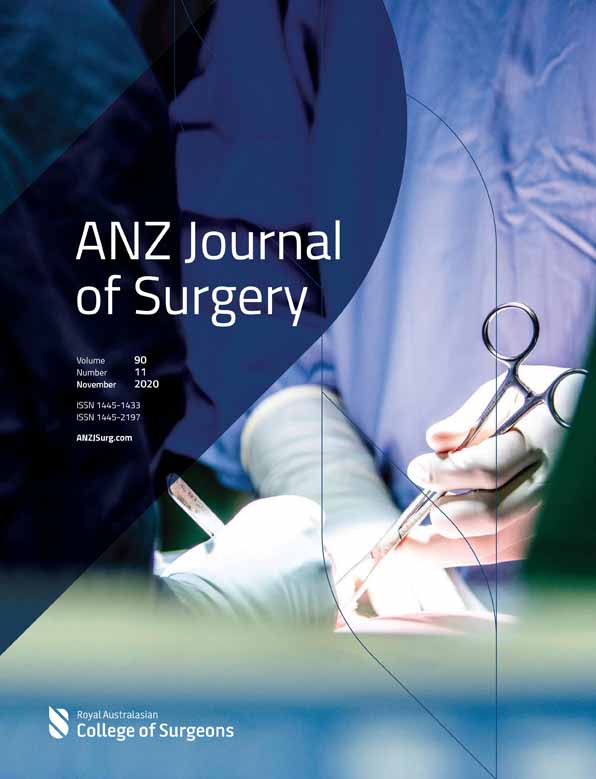Unsuspected choledocholithiasis found by routine intra-operative cholangiography during laparoscopic cholecystectomy
Abstract
Background
The true incidence of unsuspected choledocholithiasis found during laparoscopic cholecystectomy (LC) is unknown. Untreated ‘silent’ stones may be associated with significant long-term risks. The aim of this study was to establish the incidence of unsuspected common bile duct stones (CBDS) and to determine the management and associated risk factors for unsuspected CBDS.
Methods
Retrospective review of a large consecutive series of patients from Australia who underwent LC in a tertiary referral setting. Percentages of unsuspected CBDS, management and complications were reported. Pre-operative and intra-operative factors associated with unsuspected CBDS were determined using multivariable logistic regression analysis.
Results
From a total of 1998 patients who underwent LC, 747 (37.4%) patients with no pre-operative suspicious factors were the subject of this study. CBDS were detected in 24 (3.2%) patients and all were managed either laparoscopically or endoscopically. Risk factors independently associated with unsuspected CBDS included patients >55 years of age (odds ratio 2.93, P = 0.038) and a large cystic duct size (odds ratio = 3.13, P < 0.001) on multivariable analysis.
Conclusion
The incidence of patients with unsuspected CBDS on intra-operative cholangiography is low. Complete clearance of these stones can be achieved using a combination of laparoscopic and endoscopic methods.
Conflicts of Interest
None declared.




